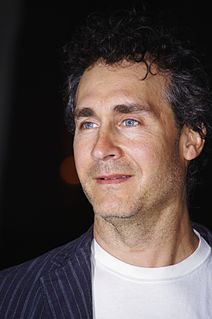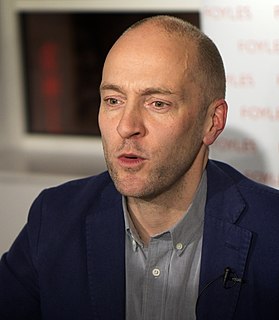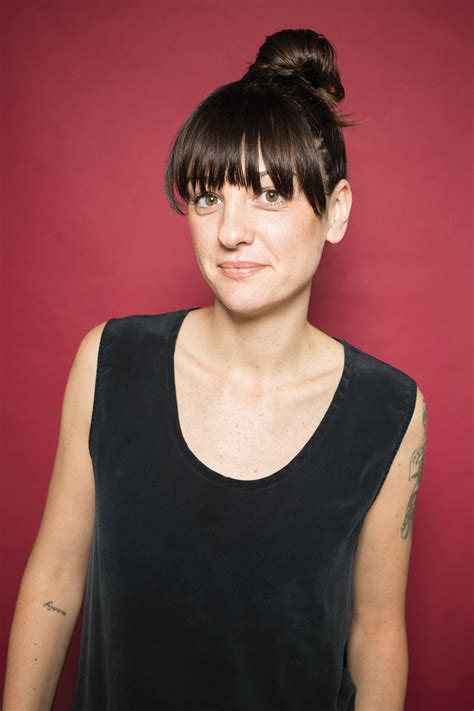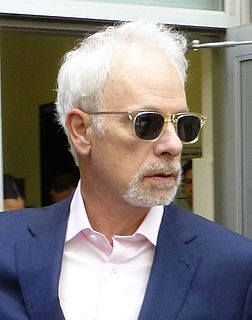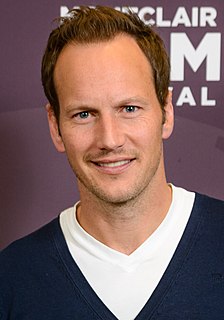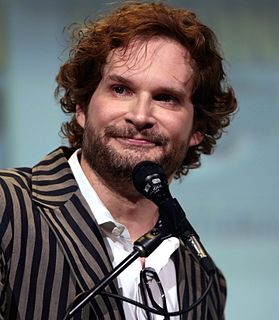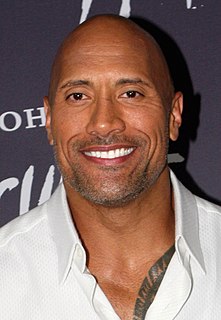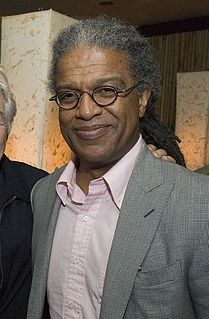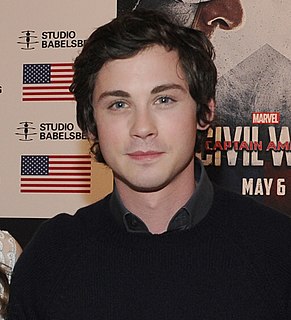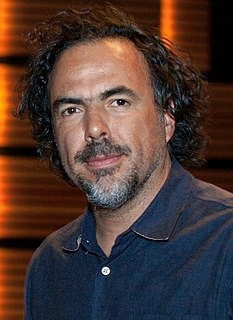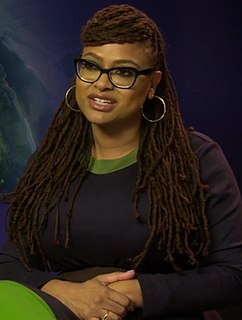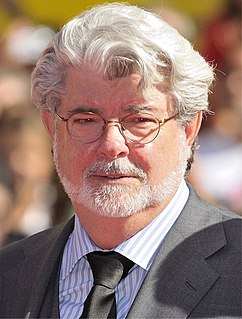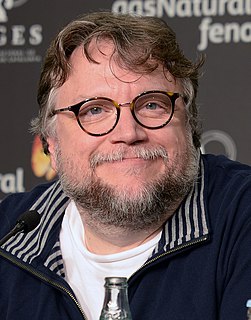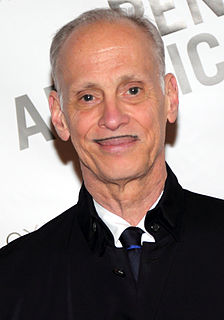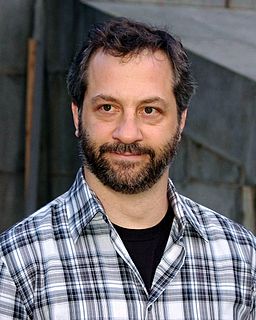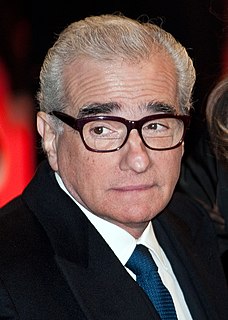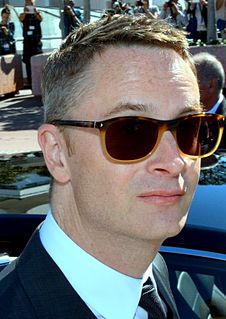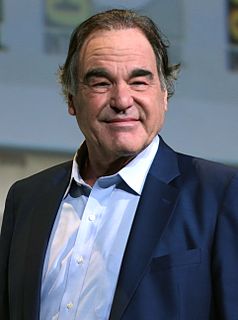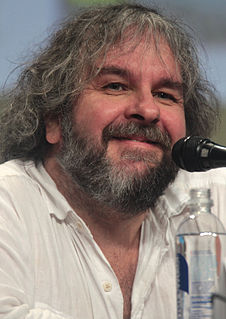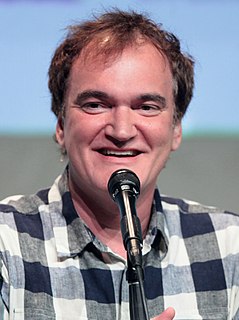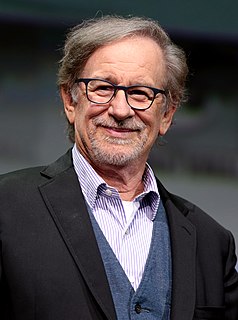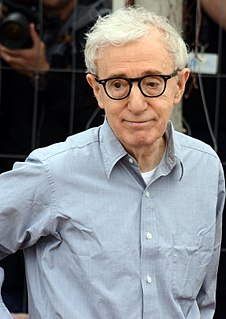A Quote by Doug Liman
From a production point of view, I still have one foot firmly planted in the independent film world, and much of the shooting on 'Jumper' was done 'Swingers'-style because that was the only way we could afford to do it.
Related Quotes
To be honest, when I started watching VR content, I was mostly disappointed and thought people could do better - not that different from when I set out to make 'Swingers' and thought, 'There's a better way to make an independent film.' Which is why 'Swingers' ended up being so much less expensive than anything like it.
My filmmaking style of remixing came out of necessity. When I was a film theory student at UC Berkeley in the early 1990s, there were no film production facilities. The only way I learned to tell stories on film was by re-cutting and splicing together celluloid of old movies, early animated films, home films, sound slug - anything I could get my hands on.
I would make a huge distinction between theater improvisation and film improvisation. There isn't much improvisation in film - there's virtually none. The people that theoretically could be good at this in a theater situation don't necessarily do this in a film in a way that will work, because it's much broader on a stage. But in a movie, it has to be real, and the characters have to look entirely real because it's being done as a faux documentary, so there are even fewer actors that can do that on film.
When you're younger you don't care so much, but as you get older you have a family and stuff like that. But I've always kept my foot in theatre and I've kept my foot in independent film, so I'm really happy going back and forth. So, if I can't find the meaty roles in studio films, then I'll go back and dig up a little independent where I can flex my muscles a little bit.
Silence Of The Lambs? is a ?fantastic? film. It's a horror film, and it's an incredibly well-told film that is about point of view in such a unique way. The way that film is shot, the way the eyelines are so close, if not directly into camera, betrays an intimacy with the characters and the audience.
Making movies has not only been an incredibly collaborative process but there's three big parts: pre-production, shooting itself and then post-production, which leads into marketing. And if you're passionate about the movie and you believe in it, and it would make sense that you are having done it, then you want to get out and promote it. It makes it a lot easier when the film is good and people are enjoying it.
In high school, I was the best broad jumper on our team, and I kind of thought that when I got to MIT, I'd probably still be the best broad jumper, 'cause why do broad jumpers come to MIT? But it turned out to actually be the other way around. There was another person in my class who could jump about 3 feet further than I could.
When Bruce Lee gets his cameo in 'The Green Hornet' - as one of the drawings in Kato's notebook - it clarifies what the film is: an unrealized sketch. A sketch can afford to allude to a point of view. Moviemakers need to show their point of view, something this shrug of a movie never gets around to doing.
